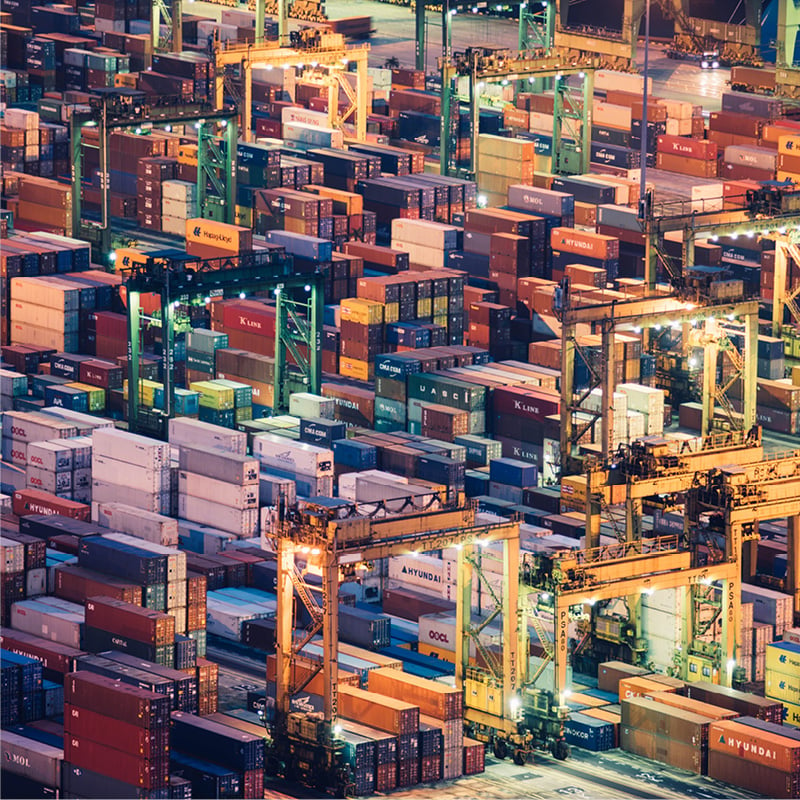
Navigating complex trade and cross border investment requirements
From restrictions on trade with China and sanctions imposed on Russia to cyber-related sanctions and policies designed to promote local growth and supply chain resiliency – national strategic priorities are actively shaping the way global players do business in and with the US. And with trade issues rapidly expanding beyond goods into data, services, and knowledge, international trade is more complex than ever. That’s why we combine legal knowhow with political insights to deliver strategic solutions designed to mitigate risk without losing sight of commercial objectives.
Our team of lawyers and policy advisors features former high-ranking government officials and elected members of Congress, including the former Chairman of the Senate Intelligence Committee, a former advisor to the Director of National Intelligence, a former counsel to the Senate Intelligence Committee, and a former Department of Justice Counterintelligence and Export Control Section litigator. This seasoned team provides real-time, actionable insights and political intelligence into what’s happening behind the scenes to keep you ahead of the curve.
Across global value chains, we advise on complex compliance, licensing, and enforcement matters related to Export Administration Regulations (EAR), International Traffic in Arms Regulations (ITAR), embargoes and sanctions programs administered by OFAC and the State Department, nuclear-related export controls, and antiboycott regulations. Whether advising C-suites on company and investment strategy, to developing and updating policies, procedures, and compliance structures or conducting risk assessments and internal investigations, we focus on all applicable national security and foreign and public policy considerations to tailor best-in-class programs.
When cross-border transactions involve complicated foreign direct investment controls and national security reviews before the Committee on Foreign Investment in the United States (CFIUS), sanctions laws, and export control ramifications, we leverage our experience handling more M&A deals than any other firm for the last 13 years in a row to successfully execute deals under heightened scrutiny.
Our extensive experience prosecuting, defending, and advising on international customs matters, US and foreign import relief and market access proceedings means we can provide seasoned, informed guidance on trade remedy litigation before trade agencies, international dispute resolution panels, and the courts.
Experience
Our experience centers around four pillars of excellence:
Clear and actionable compliance counseling – We regularly advise clients on the development/updating of their policies, procedures and compliance structures, perform risk assessments and internal audits, design and conduct global training programs and perform internal investigations. In doing so, we focus on all applicable national security, foreign policy and public policy considerations to provide up-to-date advice and allow the clients to develop best-in-class programs.
Government authorizations and proceedings – In the event restrictions exist, we routinely and successfully obtain investment safe harbor rulings, administrative licenses and classifications to accomplish our clients’ objectives.
Enforcement matters and litigation – Yearly, we handle dozens of enforcement proceedings requiring global investigations, disclosures and the design of remedial measures. In addition, we routinely address global disputes involving sanctions. In the past year alone, we have directed investigations, litigation, and arbitration in the US, UK, Germany, Sweden, China, Russia, France and Switzerland. Our experienced teams work collaboratively with our colleagues across the globe to provide seamless representation to our clients.
Cross-border Transactions – Because DLA Piper leads in global M&A deals, our group regularly advises on cross-border transactions with complicated trade, national security, sanctions and export control ramifications.




